The recent announcement that Saudi Arabia signed an agreement with France to spend an estimated $20 billion on a massive development of the al-Ula region as a cultural tourism destination has placed a spotlight on the little-known area. The al-Ula region includes the UNESCO World Heritage site Mada’in Saleh, the modern name for the ancient city of Hegra, with its Nabataean rock-cut tombs, like those carved between the 1st century BC to 2nd century AD in the rose-red city of Petra in Jordan, 550 kilometres to the north. Mada’in Saleh was the southern outpost of the Nabataean kingdom of which Petra was the capital, built with the wealth the Nabataeans made from the trade in frankincense and myrrh.
Like those at Petra, the rock-cut tombs at Mada’in Saleh include simple examples adorned with one or two rows of crowsteps, like those associated with Assyrian buildings. Many of the largest façades have facing pairs of steps standing on a cavetto cornice, as used in Egyptian architecture. These features are supported by a Nabataean architectural order derived from classical Greco-Roman forms. These combinations of elements reflect the eastern and western sources on which the Nabataeans drew, as a result of their trade contacts, to create their own distinctive architectural style.
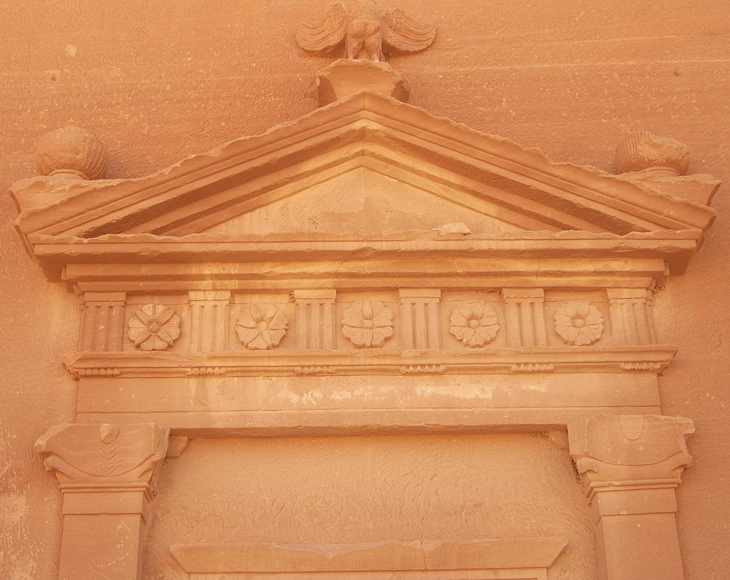
Mada’in Saleh (Hegra). Detail of a pediment over the doorway of a tomb, derived from Greco-Roman architecture. Photo: Mahmoud Hawari/Manar al-Athar
The dates of the tomb façades at Petra have long been a mystery, as only two bear inscriptions. However, at Mada’in Saleh one third of the around 90 tomb façades have inscriptions, which include the year in which they were carved. Covering the period AD 1–75, they show how the different designs underwent changes. These inscriptions, which are like legal title deeds for the tombs, include the names and occupations of their owners, with those of the largest, most complex tombs for people of high status. The wording of the inscriptions reveals that women in Hegra had property rights. The names of the stone-cutter and his father are also given, from which it is possible to establish the family trees of stone-cutters and identify the work of particular craftsmen.
Mada’in Saleh was settled because it has a perennial water supply in the desert, while also being on the incense route south to Yemen. The water supply of Mada’in Saleh was provided by innumerable wells dug down to the water table, now 20 metres below the surface. Recent joint French-Saudi work has traced the mudbrick fortification walls surrounding its urban area with houses. The tomb façades were carved into the surrounding sandstone rock-outcrops, which also include rock-cut sanctuaries, shrines, banqueting rooms, small shrines, and pit tombs.
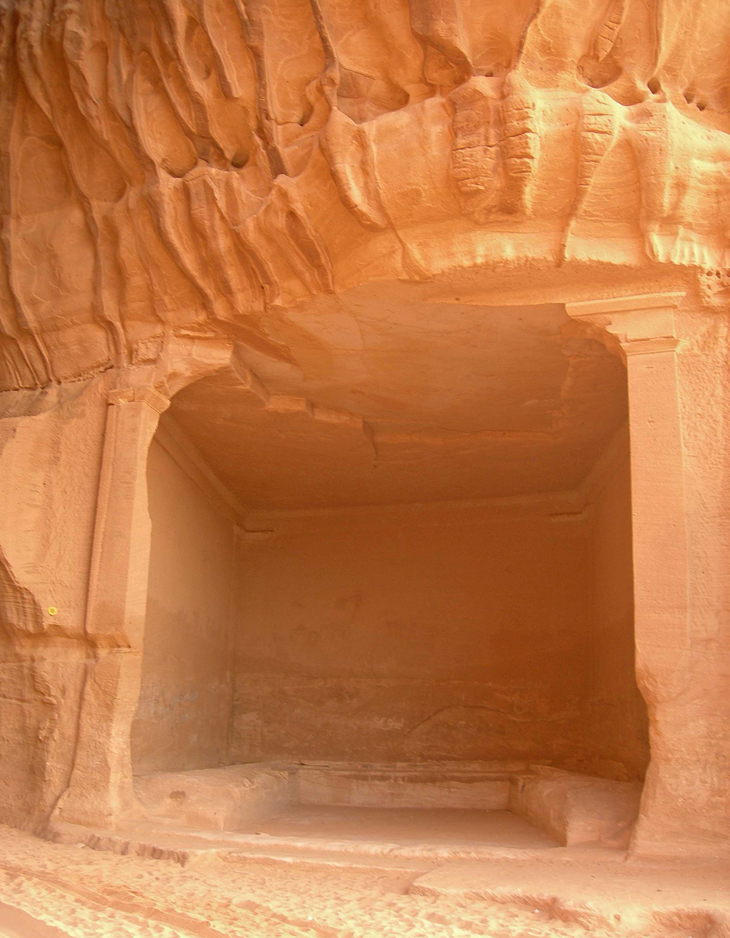
Mada’in Saleh (Hegra), al-Diwan in Jabal Ithlib. Rock-cut banqueting room with benches for reclining on while dining. Photo: Mahmoud Hawari/Manar al-Athar
After the Roman acquisition of the Nabataean kingdom in AD 106, Hegra continued to be an important outpost. A Latin inscription mentions the restoration of the walls by the Hegra community in AD 175–177, when members of the Third Cyrenaican Legion were stationed there. Recent scientific studies have revealed how local Nabataean agriculture supported a variety of plants, including imported species, producing coconuts, walnuts, pomegranates, and peaches.
Mada’in Saleh is 750 kilometres north of the holy Islamic site of Mecca. The water supply and location of Mada’in Saleh on the Hajj pilgrimage route south from Damascus to Mecca resulted in an Ottoman fort being built nearby in the mid 18th century. The British explorer Charles Doughty stayed there, in the late 19th century, when he made the earliest extensive record of the tombs, having accompanied the Hajj caravan there. The short-lived Hijaz Railway from Damascus to Medina (north of Mecca), which was opened in 1908, included a station and other facilities at Mada’in Saleh. Consequently, when the Dominican fathers Antonin Jaussen and Raphaël Savignac made their second visit to record the site in more detail 1909, they boarded the train in Amman and embarked at the Mada’in Saleh station. The proposed new project will bring a new appreciation to this region, little visited by anyone beyond those who passed through it on the way to Mecca in recent centuries.
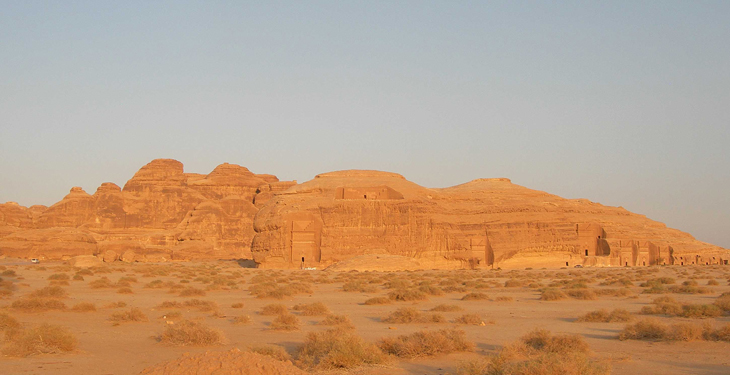
Mada’in Saleh (Hegra). The sandstone outcrops provided surfaces for tomb facades. Photo: Mahmoud Hawari/Manar al-Athar
Freely-downloadable high-resolution images of Mada’in Saleh can be found on the Manar al-Athar website. Click on ‘Image Archives’, then do a search for ‘Hegra’.
Judith McKenzie is director of the open-access photo-archive Manar al-Athar, based at the University of Oxford, where she is also University Research Lecturer in the faculties of Classics and Oriental Studies.
Unlimited access from just $16 every 3 months
Subscribe to get unlimited and exclusive access to the top art stories, interviews and exhibition reviews.

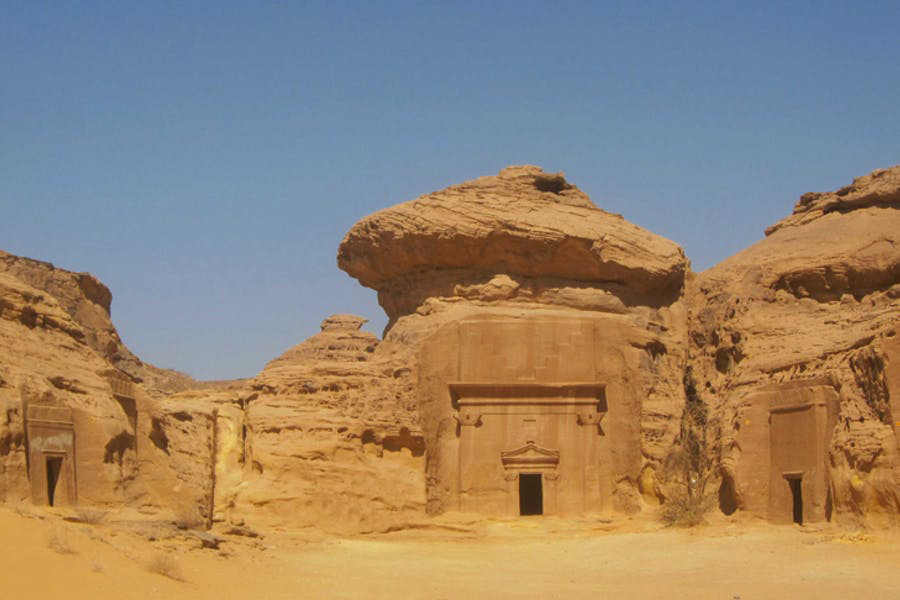

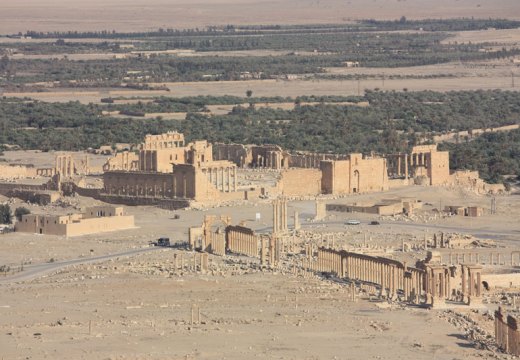
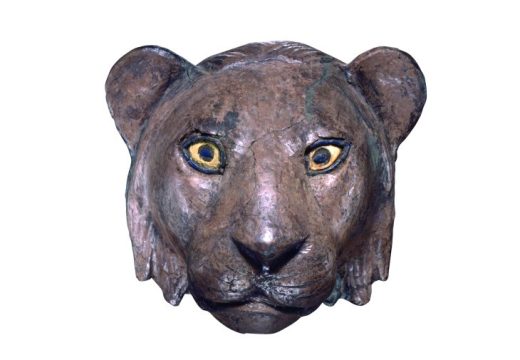


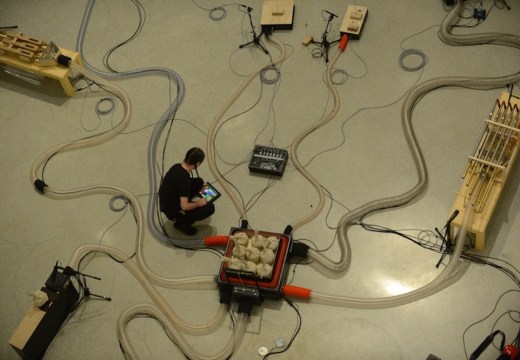






![Masterpiece [Re]discovery 2022. Photo: Ben Fisher Photography, courtesy of Masterpiece London](http://www.apollo-magazine.com/wp-content/uploads/2022/07/MPL2022_4263.jpg)
Has arts punditry become a perk for politicos?